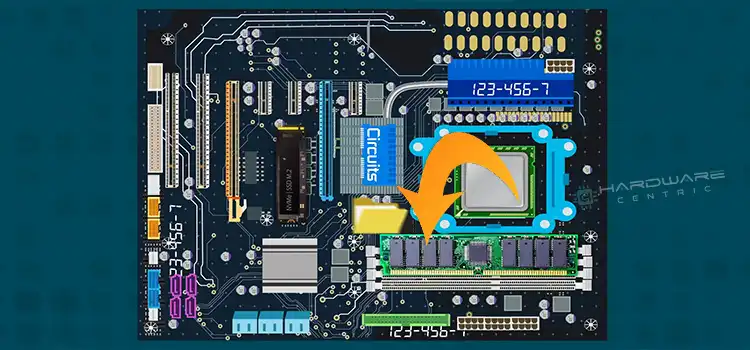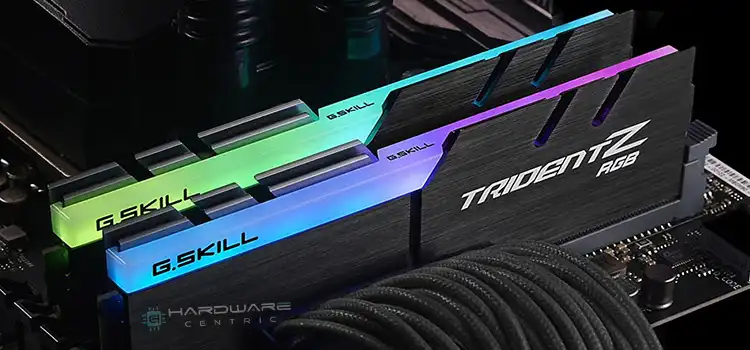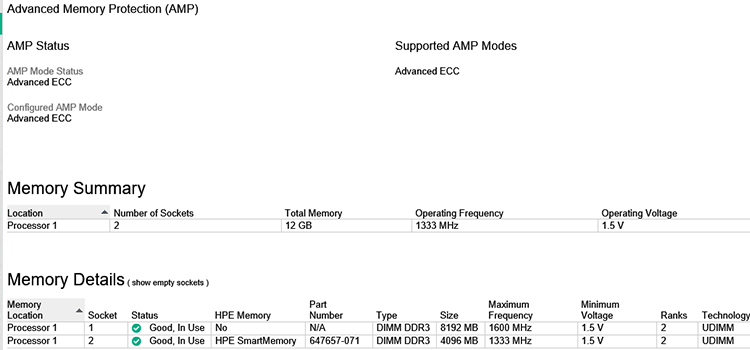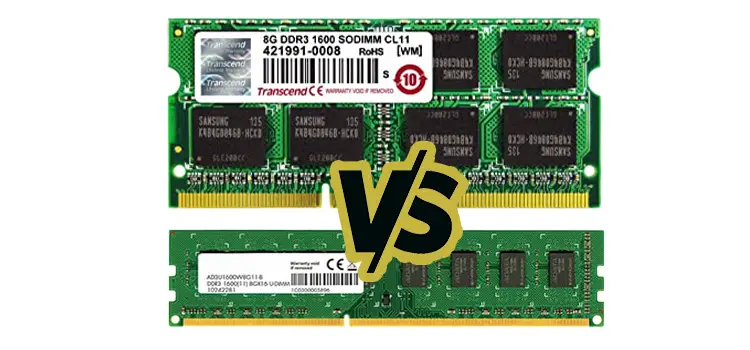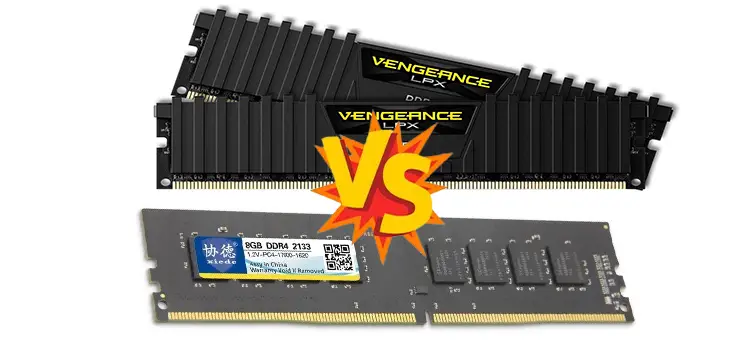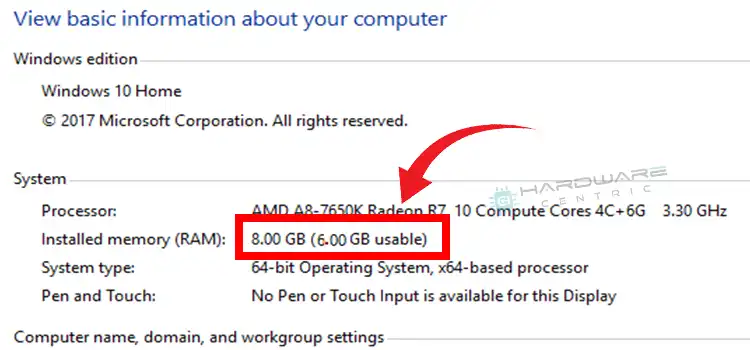[Fix] 164 Memory Size Error HP | Fixing RAM Allocation Error
Storage has been allocated to or taken from the device in the near times. When the ram is increased or deleted from a system, it is typical for the device to indicate a memory size conflict or a storage fault. Access CMOS (Complementary Metal Oxide Semiconductor) and verify that the memory configurations are correctly configured, just save and leave from CMOS once the fault is found.
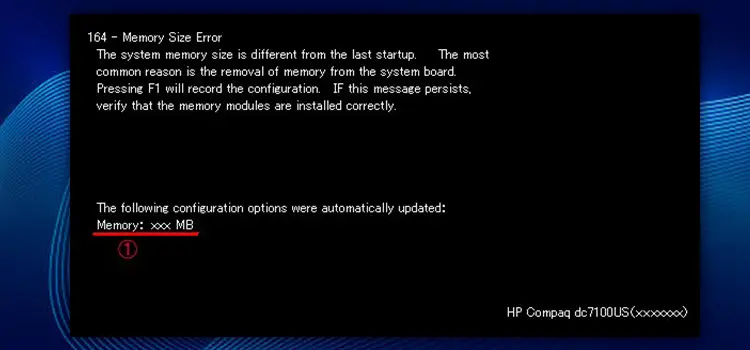
Explains the reason for the error with “Memory Config Incorrect” and proposes that the user “Run Computer Setup” after receiving a “164 – Memory Size Error” has to be followed by two short dings.
What Exactly Does the Error Code “164 Memory Size Error” Imply?
This error message “164 Memory Size Error” appears irrespective according to which memory has been installed; it can only be because the additional memory causes a hang during the Posting process which you can see on your display. There is no reason to be concerned, and the notice will be gone every next time the computer is booted up.
What Exactly Is an Imbalance in Memory Size?
Storage has now been allocated to or taken from the device in the near times. Whether memory is inserted or deleted from a system, it is typical therefore for the device to indicate a memory size imbalance or a storage fault. Access CMOS then verify that the memory configurations are correctly configured, just save as well as quit CMOS once the fault is found.
However, if you failed to verify the inner speaker link, and remember that this does not provide the “started OK” only one sound, thus it is most likely audible at you.
When it appears in HP systems or processors of HP registered pcs, the amount of RAM that can be technically accessed can be surprising, even though the processor has up to 4 ram ports for storage.
When You Receive Any Memory Size Allocation Error, the Very First Point You Should Search for Is a Memory Leak.
Is there a memory space rebinding option available mostly in BIOS? Some motherboards have a feature inside this BIOS that must be configured to keep the 164 memory size error notice from appearing in some instances.
It’s a good idea to double-check how much total ram the device could see, identify, and assist for the 4 different slots this has, just like HP is recognized for installing odd-sized memory settings on their motherboards, including such 6Gb of primary storage as a highest on their motherboards, you should double-check it just as a consequence.
When you will first turn on your computer, it showed a message saying “164 memory size error.” Don’t be concerned about it. When additional memory is loaded or withdrawn, certain systems display this message. There is no reason to be concerned, and the notice will be gone the next time the computer is booted up.
The issue is whether this F10 Bios Setup display does not contain any ram parameters that can be modified. you’ll have to check in with this again and see whether it may be performing the Bios Setup by a non-DOS F10 troubleshooting sector, as was the case with most of the earlier Compaq computers.
164-MemorySizeError is a fatal error. The memory usage available has been modified from the last startup memory that has been adjusted. To save all the ram modifications, use the F1 key on your keyboard.
To begin, try removing the CMOS. If the problem is caused by one jumper here on the circuit, you can also change the battery and then disconnect the computer for several mins to get the same result.
Will be the date be cleared consistently? The CMOS cell may have died. The majority of the time, it is simple to replace.
Alternatively, once you’ve tested every stick of Memory separately and they fail through that warning, you can attempt certain other storage (when you can get any), although I’d be suspicious however that problem is with the storage at a certain point.
When all else fails, you should consider re-seating your Processor to see if that helps. Including the P-II, is a little more difficult because you will have to release pages from both sides as well as lift upwards. You can then press it back once it has been removed. That could be the solution to your problem. Once you’ve done every stick of Main memory individually and they refuse with such a result, you may try a further flash drive, then I’d wager the memory isn’t the problem during that step.
It’s possible that perhaps re-seating the CPU will help if it doesn’t succeed. There is a slight increase in difficulty while working with both the P-II, primarily because you must unlock pages along both ends and raise upright. Once this is out, you may re-insert it by pushing it downwards. You never know, that may just be the fix of this error.
If none of these things perform, the chances are pretty good that the CPU has failed. The PV system may have failed, however in most cases, whenever the power source fails, it fails, not maybe enough for enabling the device to run but never enough for passing memory tests.
Start by going into the BIOS and selecting “Load setup defaults” or something equivalent, then “Save & Exit.” Simply download the resolved problems from the company’s website if your disk drive isn’t working properly.
Memtest86 can be downloaded here (memtest86.org). You’ll have to load the.iso to a CD and then reboot first from Disk to run memtest86. Please respond if you require any suggestions for an ISO-burning application.
In a single session, run memtest86 across each RAM card separately for a minimum of 1 hour; lengthier is preferable to approximately 10 passes. Continue the cycle for every RAM card.
When each module passes separately, install every one of the RAM as well as perform memtest86 over two hours.
There Are Some Ways You Can Try to Fix the Error
Step 1: Start Pc Setup or other Windows-based utilities.
Step 2: Check to see that the memory file(s) has been correctly installed.
Step 3: Ensure that no third-party ram has already been installed before performing a test with HP-only storage.
Step 4: Check that the hardware support is the correct type.
The occurrence of a memory size error once updating RAM is typical; this ‘error’ is caused by the fact that the overall amount of allocated storage has been modified.
Some computers have a couple of USB – c ports here on the back of your device with a symbol of a keypad next to them; a few of these devices do not allow all of the USB connection for Cmos.
The First and Only Important Properties for Which You Should Consider Flashing Your Bios Are Just as Follows
A new F10 Setting Identify Drive function has been added to support IDE or even drive under the influence. USB legacy switches have also been improved.
In DOS as well as Windows safe mode, enhanced USB functionality has been included;
– Extended boot settings in the BIOS configuration
– Modifies the capacity of the buffer cache in systems with two dual system memory.
You can try these steps to fix the error. These steps are very simple and effective. You have to do the steps properly according to your operating system.
Subscribe to our newsletter
& plug into
the world of PC Hardwares
